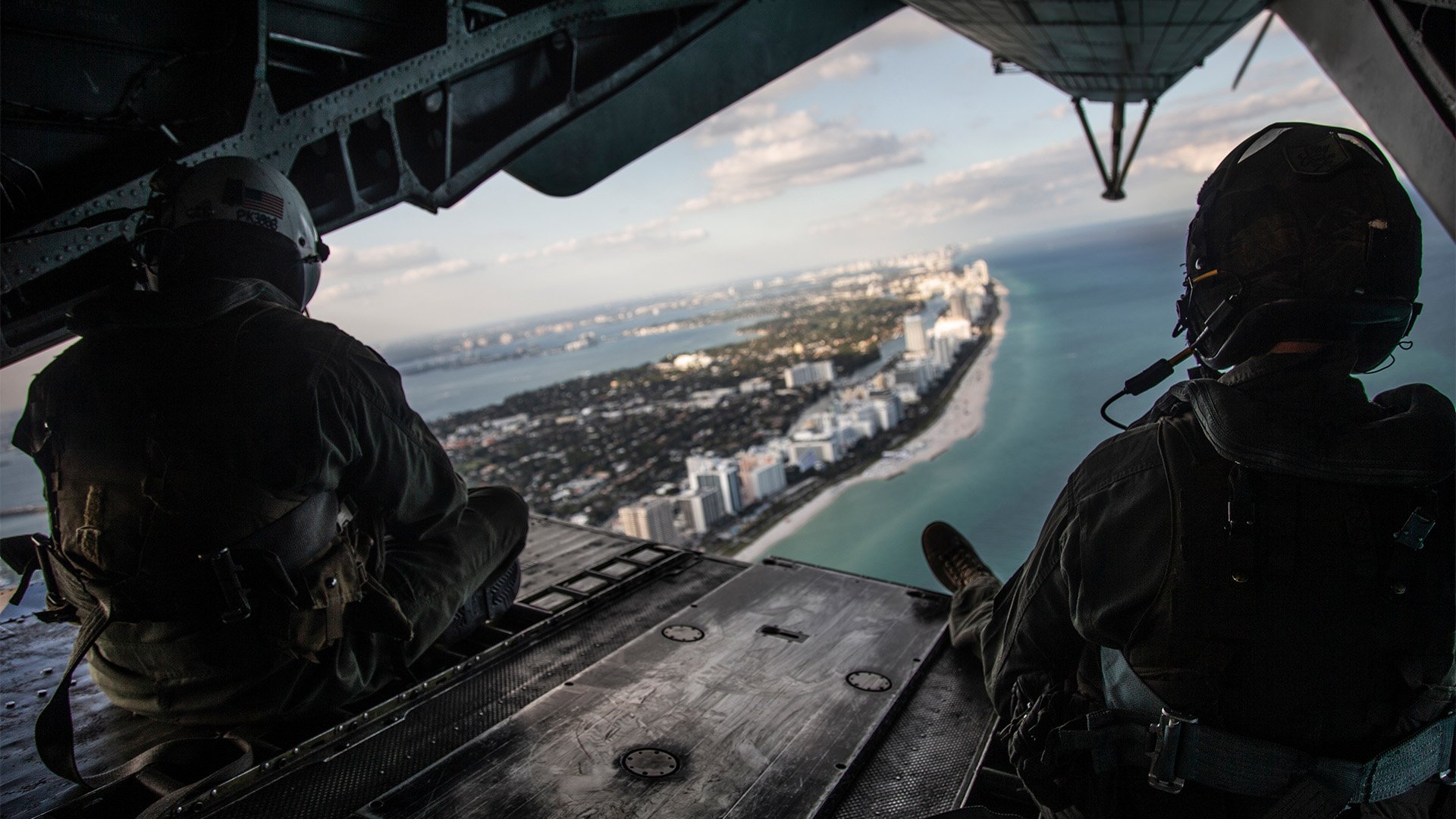
A CH-53E Super Stallion helicopter from the "Condors" of Marine Heavy Helicopter Squadron 464 wheels over Miami, Florida, on Dec. 2, 2021. Four months later, a Super Stallion in the squadron suffered a Class A mishap tied to a busted rotor. That triggered a command probe into what when wrong, and why. US Marine Corps photo by Lance Cpl. Christopher Hernandez.
Because a string of Marines failed to fully fix and reinspect a lube leak on a CH-53E Super Stallion, the heavy-lift helicopter’s main rotor head suffered at least $2.5 million in damage, according to an official investigation released to Coffee or Die Magazine.
The probe into what happened to the Super Stallion kicked off after the aircraft failed a preflight inspection on March 23 near Baton Rouge, Louisiana, shortly before it was supposed to take off for Marine Corps Air Ground Combat Center in Twentynine Palms, California.
It was operated and maintained by the “Condors” of Marine Heavy Squadron 464 at North Carolina’s Marine Corps Air Station New River, who repeatedly failed to properly inspect the chopper or flag it as unsafe for flight operations, according to the report.
“Mishaps, such as this, must be prevented by following established procedures, not creating new ones, or operating for convenience,” wrote Maj. Gen. Scott F. Benedict, the commanding general of 2nd Marine Aircraft Wing, in his endorsement of the investigation’s findings.
The two-star also pointed out that military regulations make aircraft commanders “responsible for the preflight and acceptance of their aircraft unless operational requirements make that impractical or impossible.”

A CH-53E Super Stallion from Marine Heavy Helicopter Squadron 464 lands on a runway during survival, evasion, resistance and escape (SERE) training in Brunswick, Maine, Feb. 10, 2019. US Marine Corps photo by Cpl. Jered T. Stone.
Officials redacted the identities of the helicopter’s aircrew and its Marine maintainers in the report, and it remains unclear if anyone was ever penalized for their roles in causing the damage, which was categorized as a serious Class A mishap by Naval Safety Command.
“No Marine was punished under the Uniform Code of Military Justice,” said 2nd Marine Aircraft Wing officials in a prepared statement emailed to Coffee or Die on Thursday morning. “Actions that are administrative in nature are generally not releasable and protected under the Privacy Act.”
Once nicknamed “Storm Trooper,” the helicopter had been flown on Feb. 22, 2022, apparently with no problems. And on March 9, maintainers peeked under the main rotor hub sleeve. A form turned in that day indicated the sleeve and spindle assembly was free of both debris and corrosion.
That’s important because a helicopter can’t fly without a main rotor. Powered by the engine, it’s the system of rotating parts mounted on top of the aircraft that spins the hub holding the blades.

Marines in Marine Heavy Helicopter Squadron 464 maintain a CH-53E Super Stallion at MacDill Air Force Base, Florida, on Dec. 1, 2021. US Marine Corps photo by Lance Cpl. Christopher Hernandez.
A Super Stallion boasts seven blades, and each one moves horizontally and vertically to adjust to powerful aerodynamic and rotational forces during flight.
Vertical hinge pins let each blade move forward and back as their speed changes, sometimes hundreds of times per minute. Losing lube causes bearings to fail, putting the structural integrity of the assembly at risk.
That seems to have been the Condors' concern on March 14, when a special inspection looked at all seven sleeves and spindles on the helicopter “for suspected oil degradation,” according to the report.
A work order filled out that day indicated that a Marine maintainer drained and flushed the reservoirs and, again, found them free of debris and corrosion.
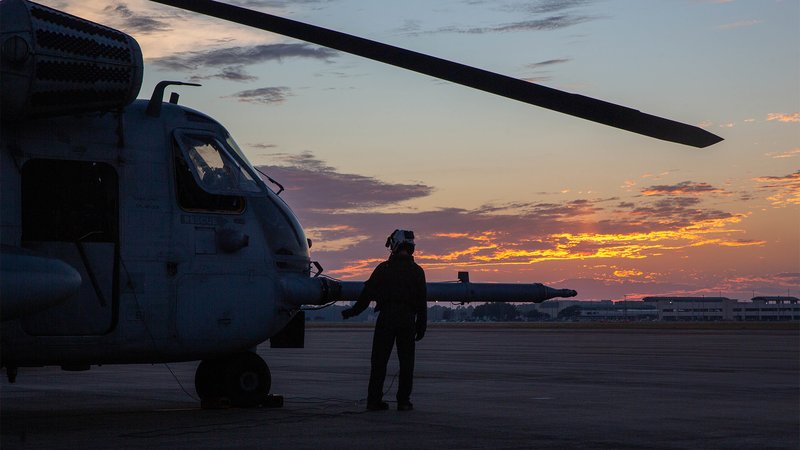
Lance Cpl. Jacob Carr, a CH-53E Super Stallion crew chief with Marine Heavy Helicopter Squadron 464, completes a preflight check at an undisclosed location, Oct. 11, 2022. HMH-464 provided assault support for Marine Forces Special Operations Command during Exercise Raven 23-1 to enhance combat readiness in an unfamiliar expeditionary environment. US Marine Corps photo by Pfc. Rowdy Vanskike.
In his sworn statement to investigators, a collateral duty inspector claimed he oversaw the maintenance of those reservoirs on March 14.
But investigators found the Marine couldn’t “remember if the vertical hinge pin reservoirs were full, and he did not make a concerted effort to check as they were not part of the checklist.”
The inspector's hazy memory became a theme running throughout the report.
Investigators trying to explore what went wrong were constantly confronted with dim recollections from service members tasked with inspecting and maintaining the chopper.
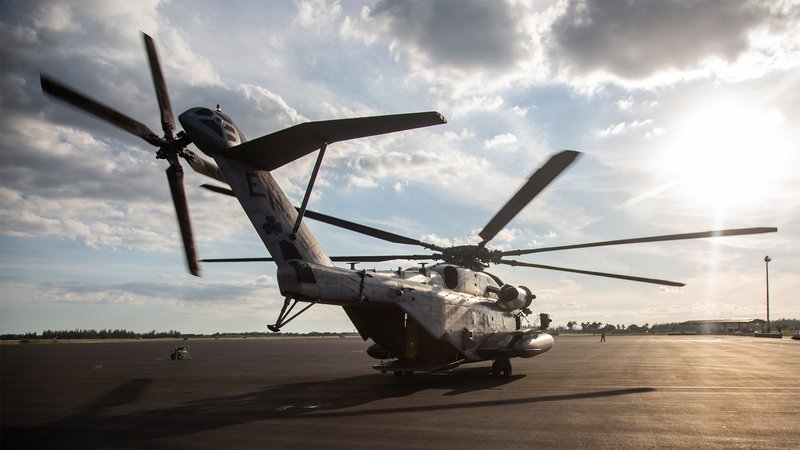
A CH-53E Super Stallion from Marine Heavy Helicopter Squadron 464 prepares for takeoff at Homestead Air Reserve Base, Florida, Dec. 2, 2021. US Marine Corps photo by Lance Cpl. Christopher Hernandez.
On March 20, before the helicopter took off for Louisiana on the first leg of its trip to California, a pair of Marines decided to split their “D&T” inspection duties.
A sergeant serving as the collateral duty inspector handled the daily checklist.
The plane captain — a corporal who was responsible for conducting a final examination of the Super Stallion before guiding its pilots onto the runway — signed off on the turnaround inspection.
Both inspections follow a set of procedures designed to catch problems before a helicopter returns to the sky, but that didn't happen with the CH-53E.
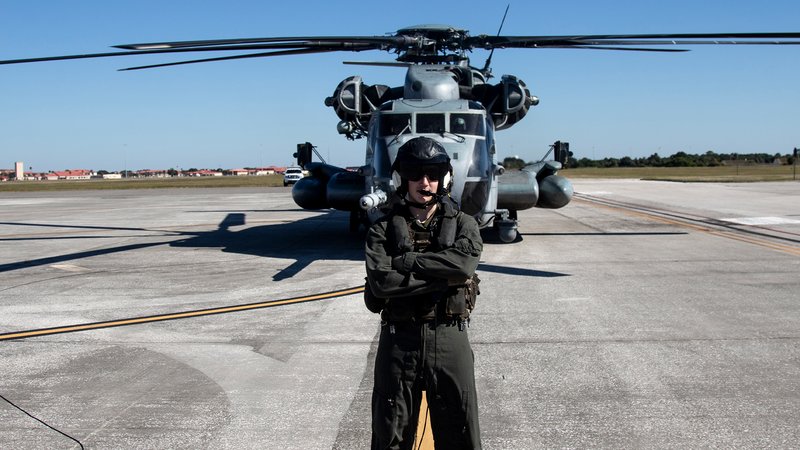
A crew chief with Marine Heavy Helicopter Squadron 464 stands at MacDill Air Force Base, Florida, Dec. 2, 2021.US Marine Corps photo by Lance Cpl. Christopher Hernandez.
In his sworn statement, the plane captain remembered asking a young flight line worker to service the rotor head because the reservoirs looked empty, but the Marine told him he’d never done that before.
The plane captain said he supervised the maintainer as he filled at least two of the reservoirs, but then the noncommissioned officer left him alone to work on “phase tasking.”
That’s preventive maintenance prescribed after an aircraft reaches a predetermined number of hours of operation.
The NCO never returned to see if the young Marine properly serviced all the vertical pin reservoirs, according to the investigation.
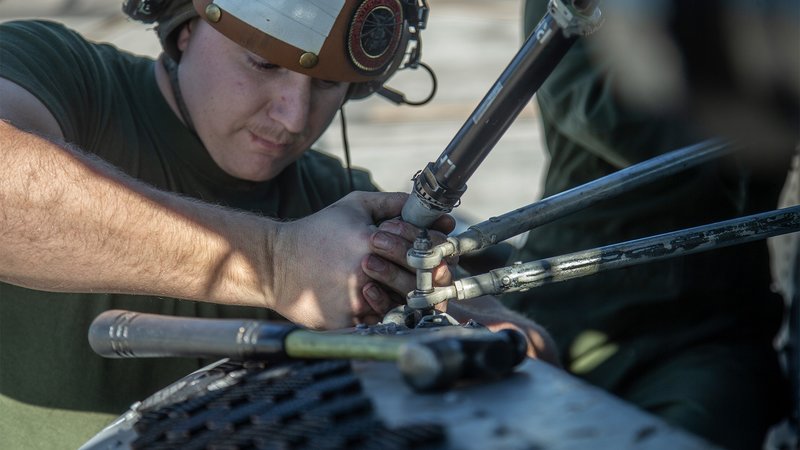
Sgt. Stephen Strange, a flight line mechanic with Marine Heavy Helicopter Squadron 464, performs maintenance on a rotor blade of a CH-53E Super Stallion at MacDill Air Force Base, Florida, Dec. 1, 2021. US Marine Corps photo by Lance Cpl. Christopher Hernandez.
When interviewed by investigators, the plane captain recalled he put his signature on the maintenance card testifying to the helicopter's safety because someone asked him to do it, but he couldn’t remember who made the request.
The collateral duty inspector also swore he told the desk sergeant that their checklists were completed, but he couldn’t recall who the desk sergeant was that day.
The same problems were repeated the next morning, March 21, shortly after the squadron’s operations officer dragooned a group of co-pilots to perform preflight inspections on the three helicopters slated to fly to California.

Capt. Brandon Sidle, a CH-53E Super Stallion pilot with Marine Heavy Helicopter Squadron 464, writes in a logbook before takeoff at MacDill Air Force Base, Florida, Dec. 2, 2021.US Marine Corps photo by Lance Cpl. Christopher Hernandez.
According to the report, two officers looking at the Super Stallion again found the “reservoirs were empty and needed servicing.”
Both said they "told a crew chief, but could not remember who they told,” the investigators wrote.
The two aviators also said they reached out to at least one plane captain, and some other Marines in the bay, about the problem.
And both pilots recollected seeing a Marine toiling on the reservoirs before they exited the bay, but it remains unclear if it was the crew chief they remembered flagging down.
The Marine listed as the crew chief that day couldn’t remember if he even worked on the helicopter, investigators wrote.
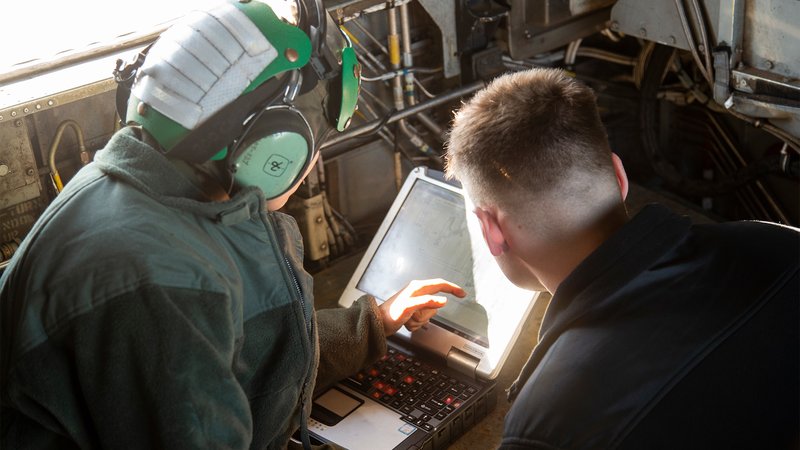
Sgt. Julia Alanis (left) and Sgt. Michael Reininger, both avionic technicians with Marine Heavy Helicopter Squadron 464, troubleshoot an electronic component of a CH-53E Super Stallion at MacDill Air Force Base, Florida, Dec. 1, 2021. US Marine Corps photo by Lance Cpl. Christopher Hernandez.
One of the officers believed that the sheer number of maintainers he told about the problem must’ve meant that the problem got fixed.
It didn't get fixed.
One sergeant in the bay recollected that he was informed about the empty vertical hinge pin reservoirs spotted by the officers, but he “did not service them because he was not an active plane captain,” the report indicated.
He recalled telling another maintainer it was his job to fix the problem, but “he could not remember who he told,” investigators wrote.

A CH-53E Super Stallion from Marine Heavy Helicopter Squadron 464 refuels during a cross-country flight over South Carolina, Nov. 30, 2021. US Marine Corps photo by Lance Cpl. Christopher Hernandez.
Marines assigned to Maintenance Control also were allegedly alerted about the problem, but the person who said he notified them couldn’t “recall who he specifically told.”
Investigators determined that neither an aviation maintenance controller nor the flight line desk sergeant “took action to address the discrepancy” before the bird’s aircrew arrived to fly it to Louisiana.
And that aircrew never conducted their own preflight inspection before lifting off from New River on March 21.
But they made it to Louisiana.
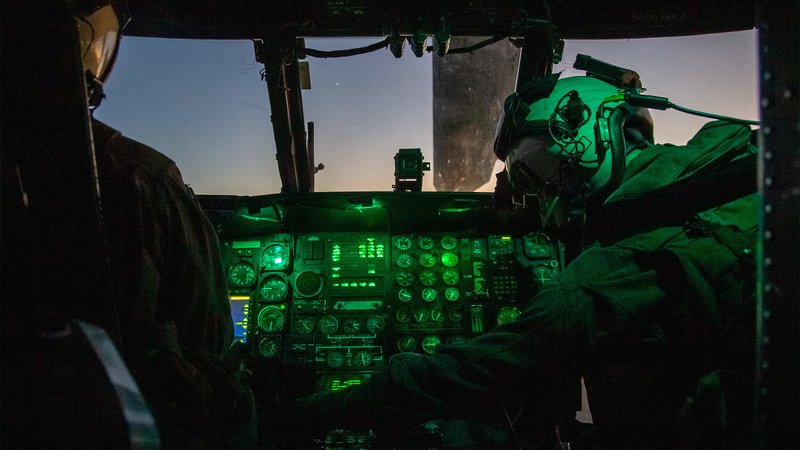
Marine Heavy Helicopter Squadron 464 pilots in a CH-53E Super Stallion transport Marines with 1st Battalion, 2nd Marine Regiment, at Marine Corps Base Camp Lejeune, North Carolina, Oct. 18, 2021. US Marine Corps photo by Lance Cpl. Adam Henke.
During their preflight checks on March 22, the aircrew saw the vertical hinge pin reservoirs were dry again.
They put some “squirts” of lube in all reservoirs, and then they put in a few more, but the gauges registered no oil, the co-pilot said.
He later learned that samples were taken from the rotor, and “metal shavings were discovered,” which pointed to its destruction, probably during the flight from North Carolina to Louisiana.
Although the cause of the rotor’s damage could be traced to empty vertical hinge pin reservoirs, the investigators never pinpointed why they kept draining. In a prepared statement, 2nd Marine Aircraft Wing officials said a separate and ongoing safety probe will detail what caused the leaks.
Marine officials told Coffee or Die the helicopter was repaired in April and is flying today.
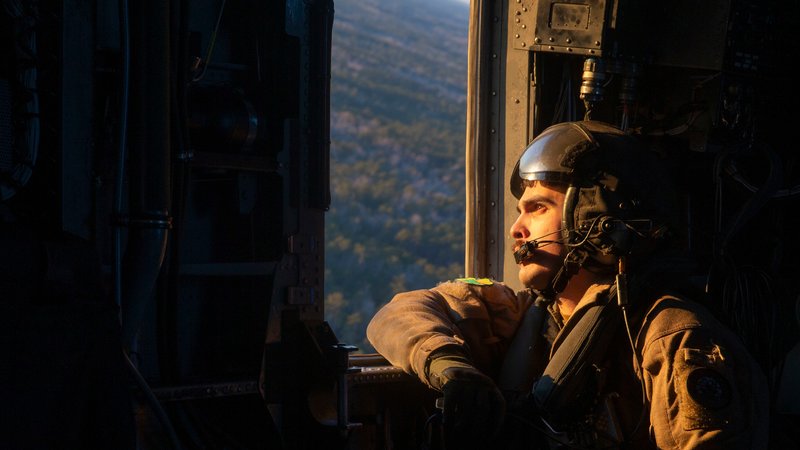
Staff Sgt. Joshua Milne looks out the port window of a CH-53E while in flight at Marine Corps Air Station New River, North Carolina, Feb. 3, 2021. Aircraft assigned to Marine Heavy Helicopter Squadron 464 were refueled by a KC-130J aircraft. US Marine Corps photo by Lance Cpl. Caleb Stelter.
The expensive Super Stallion mishap sparked reforms at New River.
“Safety is a top priority for the Marine Corps,” 2nd Marine Aircraft Wing’s statement read. “We rely on the professionalism and attention of all Marines to adhere to regulations and policies. Investigating ourselves when mishaps and other events occur is vital to helping us identify issues that potentially create unsafe conditions.
“As a result of the mishap, Marine Heavy Helicopter Squadron 464 conducted additional maintenance training across multiple divisions within the maintenance department, focused on effective communication, proper procedures following maintenance action, maintenance action sign-off procedures, supervisory responsibilities, and risk-management decision-making,” the statement indicated.
The squadron’s parent command, Marine Aircraft Group 29, also established a policy “to clarify preflight expectations for aircraft commanders and standardize preflight inspection documentation” that better uses the Naval Aviation Logistics Command Management Information System’s Optimized Organizational Maintenance Activity.
Called “OOMA,” it’s the reporting system the Marine Corps uses to make sure its squadrons are ready to fight if war breaks out tonight.
Read Next: Hero Commander of SEAL Team 1 Found Dead in California Home

Carl Prine is a former senior editor at Coffee or Die Magazine. He has worked at Navy Times, The San Diego Union-Tribune, and Pittsburgh Tribune-Review. He served in the Marine Corps and the Pennsylvania Army National Guard. His awards include the Joseph Galloway Award for Distinguished Reporting on the military, a first prize from Investigative Reporters & Editors, and the Combat Infantryman Badge.
BRCC and Bad Moon Print Press team up for an exclusive, limited-edition T-shirt design!
BRCC partners with Team Room Design for an exclusive T-shirt release!
Thirty Seconds Out has partnered with BRCC for an exclusive shirt design invoking the God of Winter.
Lucas O'Hara of Grizzly Forge has teamed up with BRCC for a badass, exclusive Shirt Club T-shirt design featuring his most popular knife and tiomahawk.
Coffee or Die sits down with one of the graphic designers behind Black Rifle Coffee's signature look and vibe.
Biden will award the Medal of Honor to a Vietnam War Army helicopter pilot who risked his life to save a reconnaissance team from almost certain death.
Ever wonder how much Jack Mandaville would f*ck sh*t up if he went back in time? The American Revolution didn't even see him coming.
A nearly 200-year-old West Point time capsule that at first appeared to yield little more than dust contains hidden treasure, the US Military Academy said.












